The ocean is a vast, mysterious expanse, and within it live creatures that continue to astonish the scientific community—none more so than the enigmatic whale. These gentle giants of the sea offer glimpses into the wonders of marine life, revealing behaviors and phenomena that are as baffling as they are breathtaking. With each new discovery, scientists gain insights into the complex lives of whales, only to find themselves left with even more questions. Here are 13 extraordinary whale moments that truly left scientists speechless.
1. The Albino Humpback: Migaloo’s Appearance
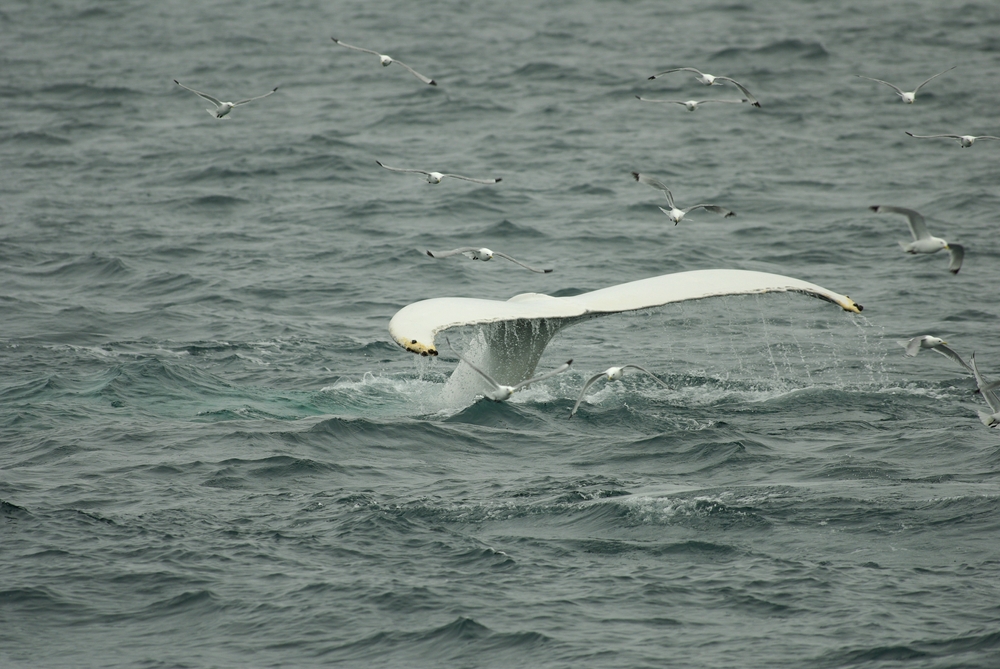
When Migaloo, the famous albino humpback whale, was first spotted off the coast of Australia, it was a moment that captivated both scientists and whale enthusiasts. Known for his striking white appearance, Migaloo has become a symbol of rarity in marine biology. Albino whales are exceptionally rare, and Migaloo’s presence has provided invaluable data on genetic anomalies in marine mammals. Yet, each time he surfaces, scientists are reminded of how little is still known about the genetic factors that contribute to albinism in whales.
A study published in the Journal of Heredity outlines the challenges in studying albino wildlife, emphasizing the need for more genetic material to fully understand the phenomenon. Migaloo’s sightings are cherished opportunities for researchers to gather data without disturbing his natural behaviors. Despite the advances in technology, observing Migaloo is a reminder of the limitations that exist in studying such elusive ocean creatures. His appearances serve as a poignant reminder of nature’s unpredictable beauty and the mysteries it holds.
2. The Bubble-Net Feeding Phenomenon
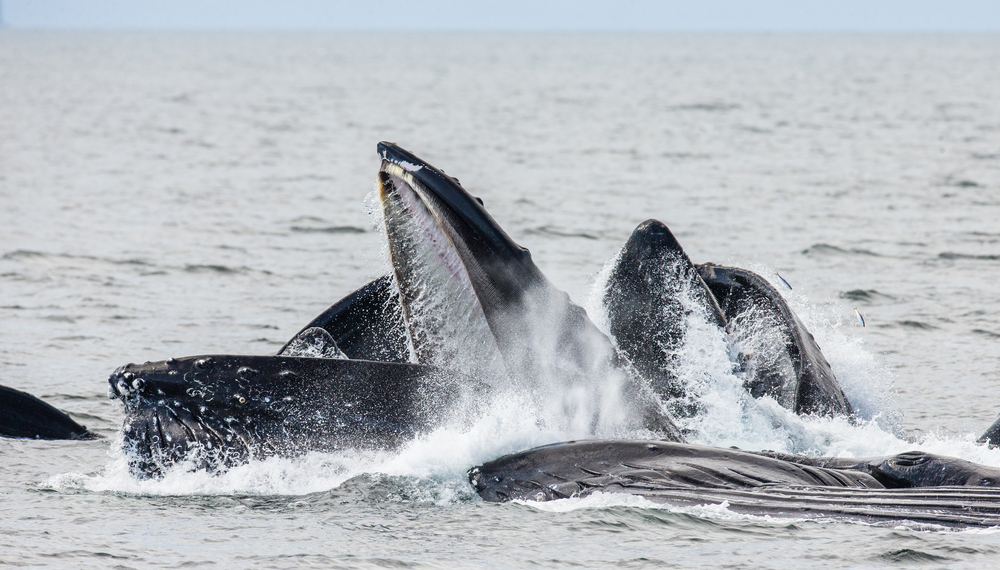
Imagine a perfectly choreographed underwater ballet, performed by a dozen or so humpback whales, creating intricate spirals of bubbles to corner their prey. This is bubble-net feeding, a sophisticated hunting technique that showcases the intelligence and collaborative spirit of these marine giants. You watch in awe as whales rise to the surface, mouths agape, devouring thousands of fish in one synchronized gulp. It’s a rare spectacle that speaks volumes about the social complexity of whale pods.
This behavior has been observed primarily in the waters of Alaska and Antarctica, where herring and krill are abundant. Each pod seems to have its own variation of bubble-net feeding, suggesting cultural nuances in their feeding strategies. As you marvel at this coordinated dance, you can’t help but feel a sense of camaraderie among these whales, a reminder of the intricate social structures that thrive beneath the waves. Such moments reaffirm the sophistication of marine life, challenging long-standing assumptions about non-human intelligence.
3. The Singing Whales of the Pacific
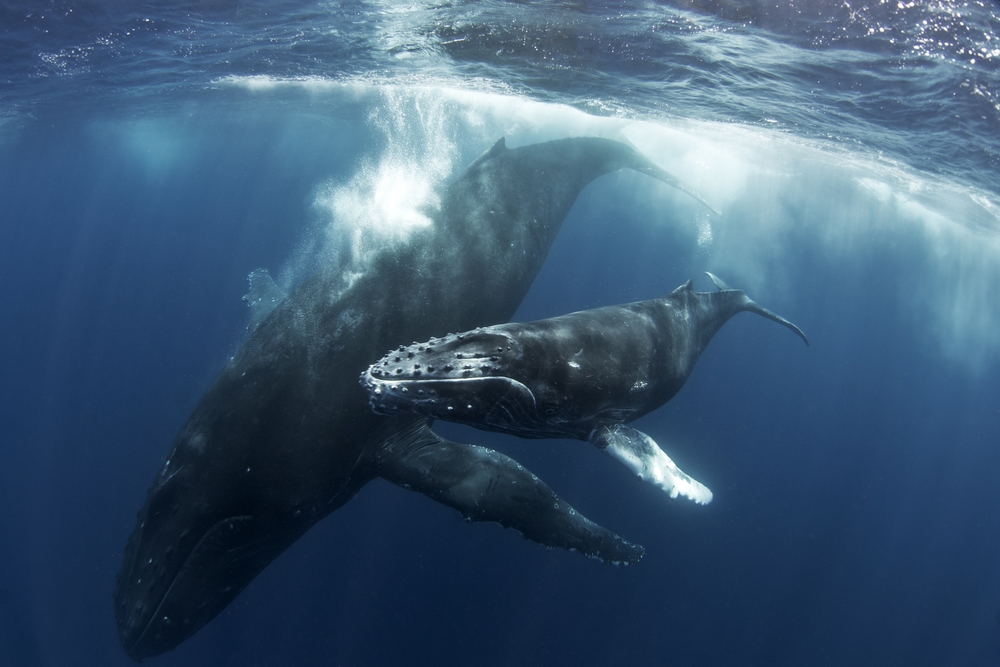
The haunting melodies of humpback whales echoing through the Pacific Ocean have long captivated the imagination of scientists and laypeople alike. These complex songs, lasting up to 20 minutes and repeated for hours, have fascinated researchers trying to decode their purpose. Some hypothesize that the songs are a form of communication, while others suggest they may play a role in mating rituals. The true purpose of these songs remains one of the ocean’s most beguiling mysteries.
According to a study conducted by the University of Queensland, these songs are constantly evolving, with new “hit singles” emerging every few years. This evolutionary nature suggests a dynamic cultural exchange among whale populations, akin to trends in human music. When you hear these songs, you are reminded of the connectivity within the animal kingdom, and how much there is yet to learn about these enigmatic creatures. The poetic resonance of whale songs is a testament to the profound connections shared across species.
4. The Social Structures of Orcas
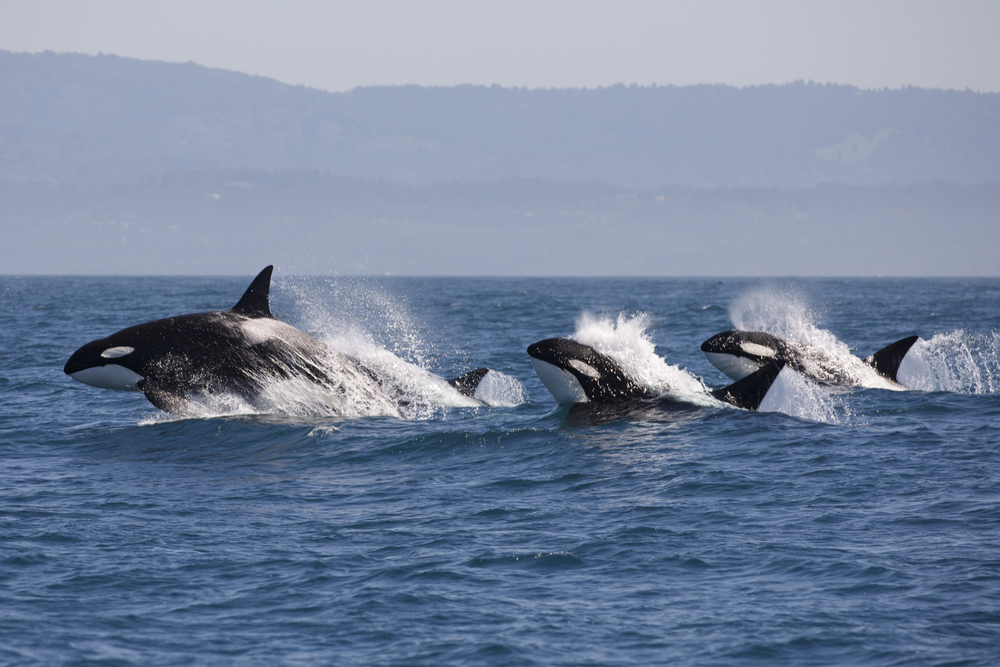
Orcas, or killer whales, are renowned for their striking black-and-white appearance and impressive hunting prowess. Yet, it’s their complex social structures that truly intrigue scientists, revealing a matriarchal society where knowledge is passed down through generations. You learn that orcas exhibit different dialects and behaviors depending on their pod, indicating a rich tapestry of cultural diversity. Each pod’s unique traditions are a testament to the deep-rooted social bonds that dominate orca life.
In the icy waters of the Norwegian fjords, orcas demonstrate cooperative hunting techniques that highlight an acute intelligence and adaptability. Observing them in their natural habitat, you glimpse the intricate social dynamics that rival those of primates and elephants. The matriarchs, often the oldest and wisest, lead their family with a blend of experience and intuition. This social complexity invites you to reconsider previously held notions about animal behavior and intelligence.
5. The Mysterious Deep Dives of Sperm Whales
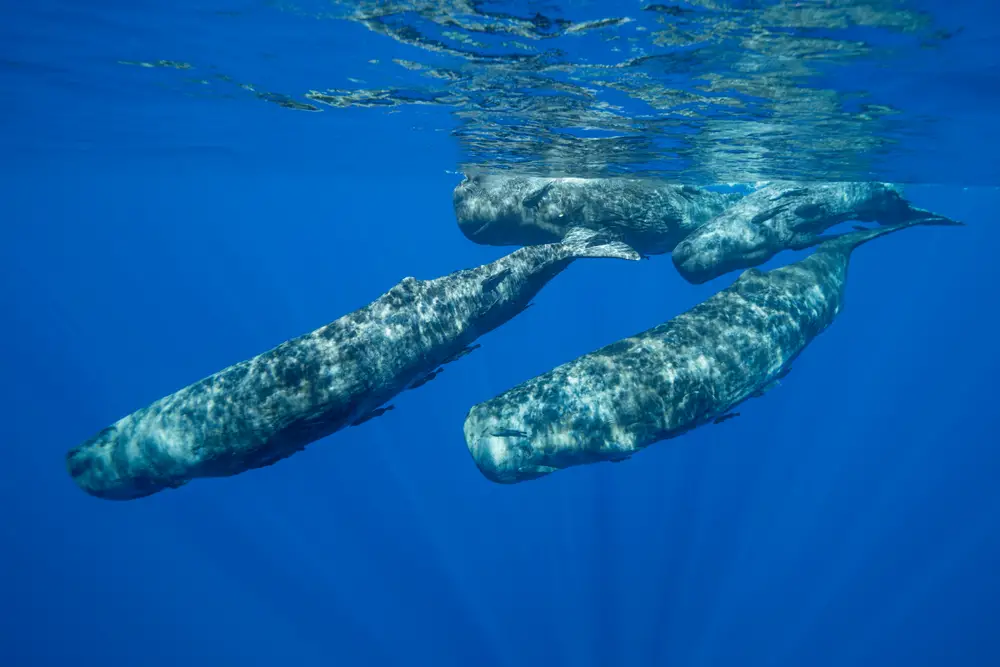
Sperm whales are record-holders in the marine world, known for their ability to dive to staggering depths in search of their favorite prey, the elusive giant squid. These deep dives, which can last up to 90 minutes, push the boundaries of our understanding of whale physiology and adaptation. How these whales withstand the immense pressure of the deep ocean and the scarcity of oxygen is a subject of ongoing research. You can’t help but admire their resilience and adaptability in such an extreme environment.
Research published in the Journal of Experimental Biology highlights the unique adaptations that allow sperm whales to thrive in such depths, including collapsible rib cages and high levels of myoglobin. As you ponder their deep-sea adventures, you realize that these adaptations are a testament to the evolutionary ingenuity of nature. The mysteries of the deep dives of sperm whales serve as a compelling invitation to explore the limits of biological possibility. In their shadowy, quiet world, these whales are pioneers of the unexplored.
6. The Friendly Gray Whales of Baja California
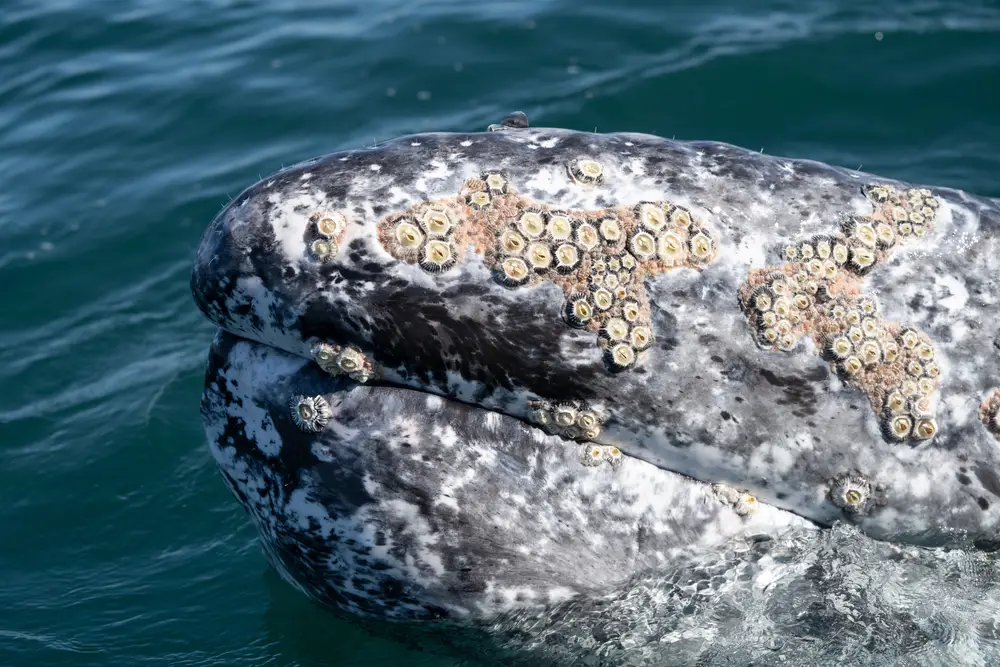
In the warm lagoons of Baja California, gray whales have developed a surprisingly amicable relationship with humans, coming close to boats and allowing people to touch them. This unique behavior has puzzled scientists for decades, as most whale species tend to avoid human interaction. You witness the joy and awe on people’s faces when a gray whale approaches, a gentle reminder of the potential for harmonious coexistence. These encounters challenge preconceived notions about the inherent fear of humans in wildlife.
This phenomenon has become a significant tourist draw, yet researchers urge caution to ensure the whales’ natural behaviors aren’t disrupted. The friendly nature of these gray whales hints at the intelligence and curiosity that defines their species. You find yourself wondering about the evolutionary benefits of such interactions and the insights they could provide into the nature of communication and trust. These gentle giants offer a glimpse into a world where humans and wildlife can coexist peacefully.
7. The Rescue of a Humpback Whale from Fishing Nets
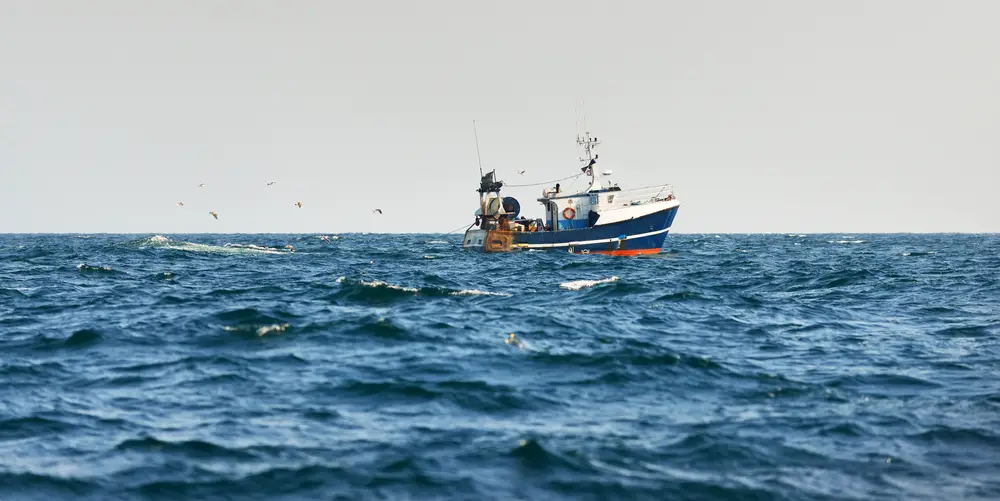
An awe-inspiring moment occurred off the coast of California when a group of divers encountered a humpback whale hopelessly entangled in fishing nets. The divers worked tirelessly, cutting away the nets, and after hours of effort, the whale was finally freed. What happened next left them and scientists across the globe in awe: the whale performed a series of joyous breaches and tail slaps, as if expressing gratitude. This profound interaction sparked discussions about the emotional intelligence and capacity for gratitude among whales.
Marine biologist Dr. Lori Marino points to this incident as a compelling example of cetacean consciousness and emotional complexity. Her research suggests that such responses are not merely instinctual but indicative of higher cognitive processes. As you reflect on this heartwarming rescue, you are reminded of the deep emotional landscapes that exist within these ocean giants. It’s a powerful reminder of the bonds that can form between species, transcending words and gestures.
8. The Elusive Narwhal Tusks and Their Purpose
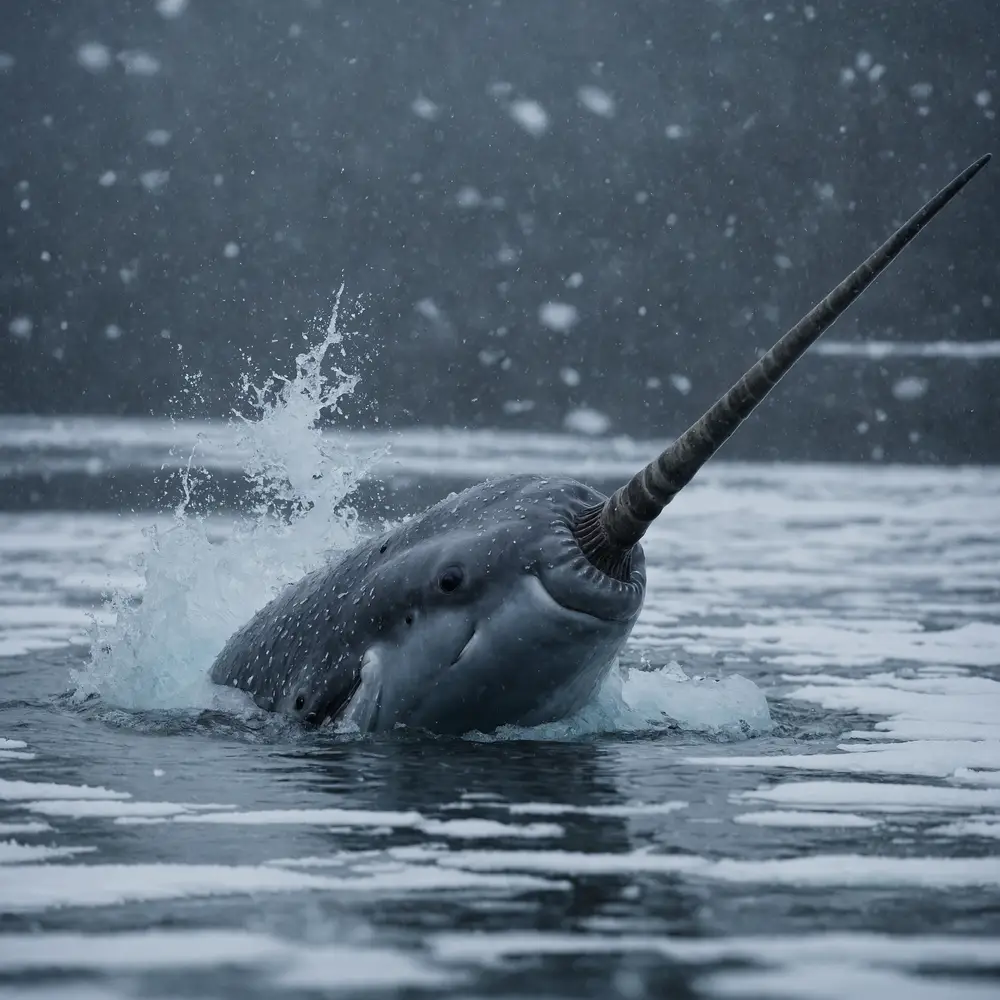
Narwhals, often dubbed the “unicorns of the sea,” captivate with their long, spiraling tusks, the purpose of which has long puzzled researchers. This tusk, actually an elongated tooth, can grow up to 10 feet long and is predominantly found in males. For years, scientists debated its function, proposing theories ranging from a tool for breaking ice to a symbol of mating prowess. Observing narwhals in their Arctic habitat, you are drawn into the mystery of these enigmatic creatures.
Recent studies have suggested the tusk serves as a sensory organ, capable of detecting changes in water temperature and pressure. This revelation adds a new layer of understanding to the narwhal’s survival in its harsh environment. As you delve deeper into the narwhal’s world, you appreciate the intricate adaptations that allow them to thrive in one of the planet’s most unforgiving landscapes. Their tusks, once shrouded in myth, emerge as symbols of survival and adaptation.
9. The Breaching Spectacle of Humpback Whales
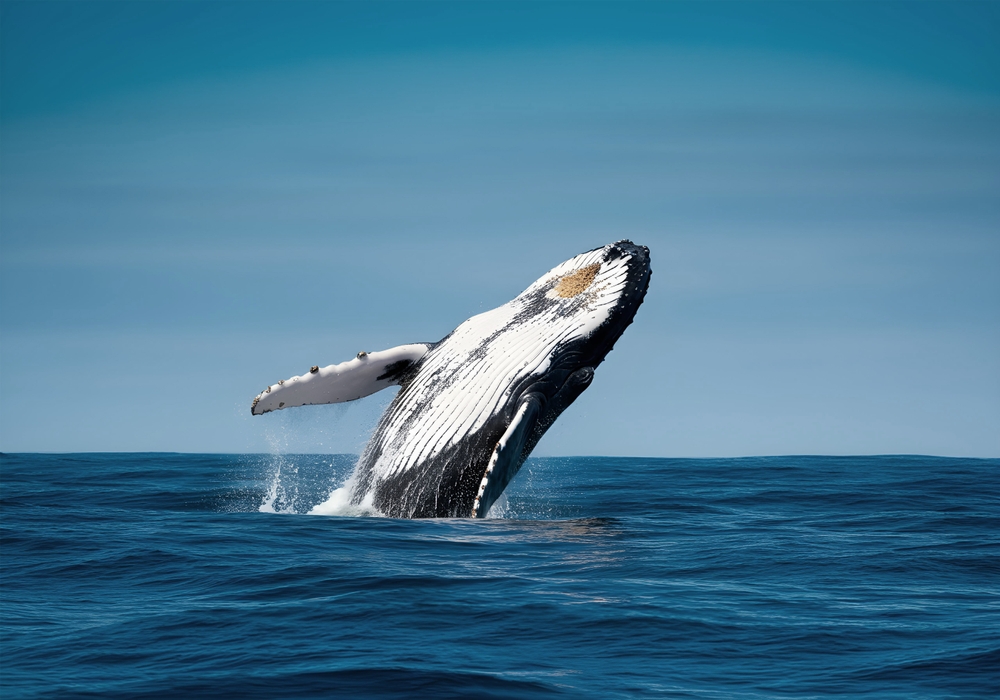
The sight of a humpback whale breaching—propelling its massive body out of the water and crashing back down—is an awe-inspiring spectacle that never fails to amaze. Scientists have long been puzzled by the reasons behind this dramatic behavior, debating whether it serves a communicative purpose or is simply a form of play. You watch in awe as these giants of the deep engage in what seems like joyful exuberance, a reminder of the power and grace of nature’s creations. Each breach is a dramatic testament to the whales’ immense strength and dexterity.
Some researchers propose that breaching is a way for whales to communicate over long distances, with the sound of the splash traveling through the water. Others believe it may help dislodge parasites or serve as a mating display. As you witness this magnificent display, you are struck by the mystery and magnificence of the whale’s world. The breach is a reminder of the untamed beauty and raw power that exist within the natural world.
10. The Cooperative Hunting of Bryde’s Whales
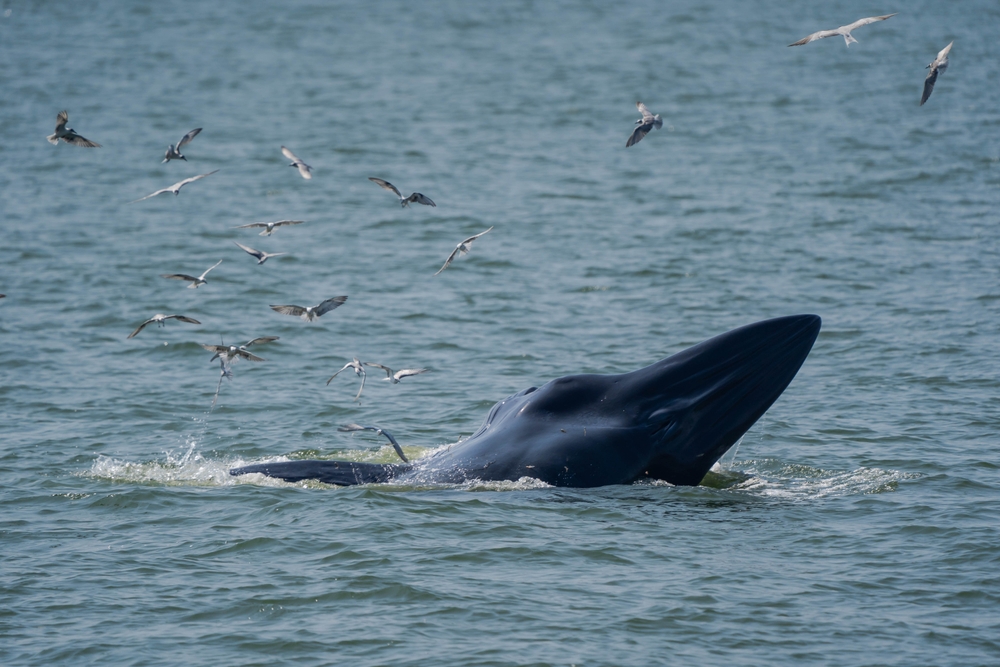
In the nutrient-rich waters of the Gulf of Thailand, Bryde’s whales have been observed displaying a behavior that sets them apart from their solitary counterparts: cooperative hunting alongside humans. Local fishermen have noted the whales’ presence as a boon, with the animals working in tandem to corral fish into nets. This unexpected alliance challenges the perception of predatory independence, highlighting a unique form of interspecies collaboration. Observing this behavior, you gain a new appreciation for the adaptability and ingenuity of these marine mammals.
Studies suggest this cooperation may be a learned behavior, passed down through generations of whales. The symbiotic relationship benefits both parties, with fishermen experiencing increased catch rates and whales enjoying an easily accessible meal. As you reflect on this partnership, you realize it underscores the intricate web of interactions that define life in the ocean. The Bryde’s whales, through their collaborative efforts, exemplify the potential for harmony between humans and nature.
11. The Long Migration of Gray Whales
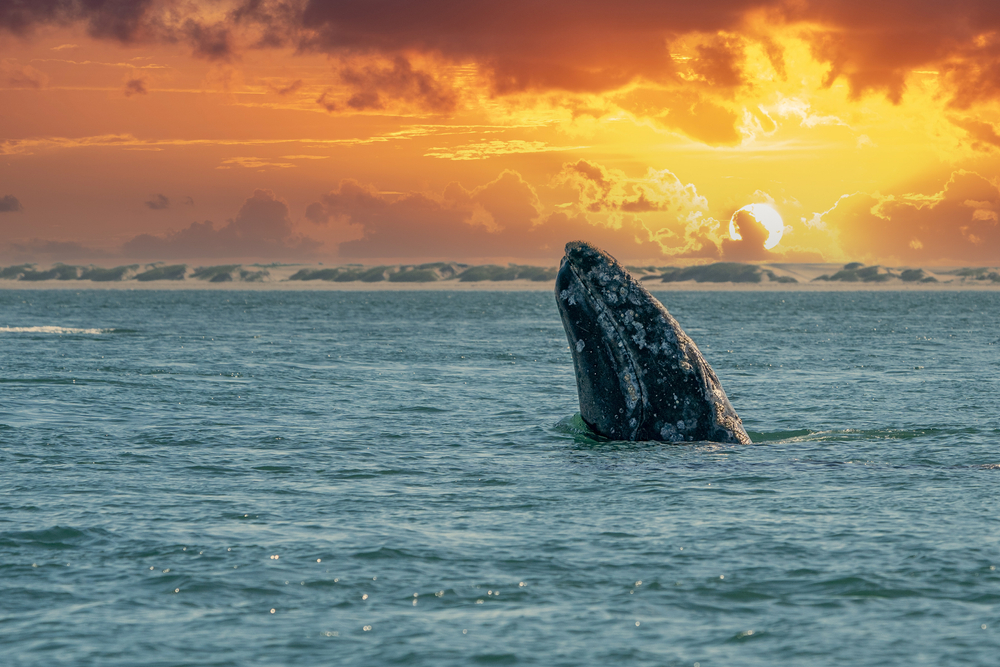
Gray whales undertake one of the longest mammalian migrations on Earth, traveling over 10,000 miles from the chilly waters of the Arctic to the warm breeding lagoons of Baja California. This incredible journey is fraught with challenges, from predatory orcas to the need for constant foraging to sustain themselves. You find yourself marveling at their endurance and navigational prowess, which remain subjects of fascination for marine biologists. Each year, their epic journey stands as a testament to the resilience and determination of these remarkable creatures.
Researchers using satellite tracking have gained insights into the routes and patterns of these migrations, uncovering the whales’ ability to utilize environmental cues for navigation. Understanding these migratory paths is crucial for conservation efforts, aiming to protect critical habitats along their route. As you contemplate the gray whales’ journey, you are reminded of the delicate balance that sustains life on Earth. Their migration serves as a poignant symbol of survival and the interconnectedness of global ecosystems.
12. The Social Bonds of Beluga Whales
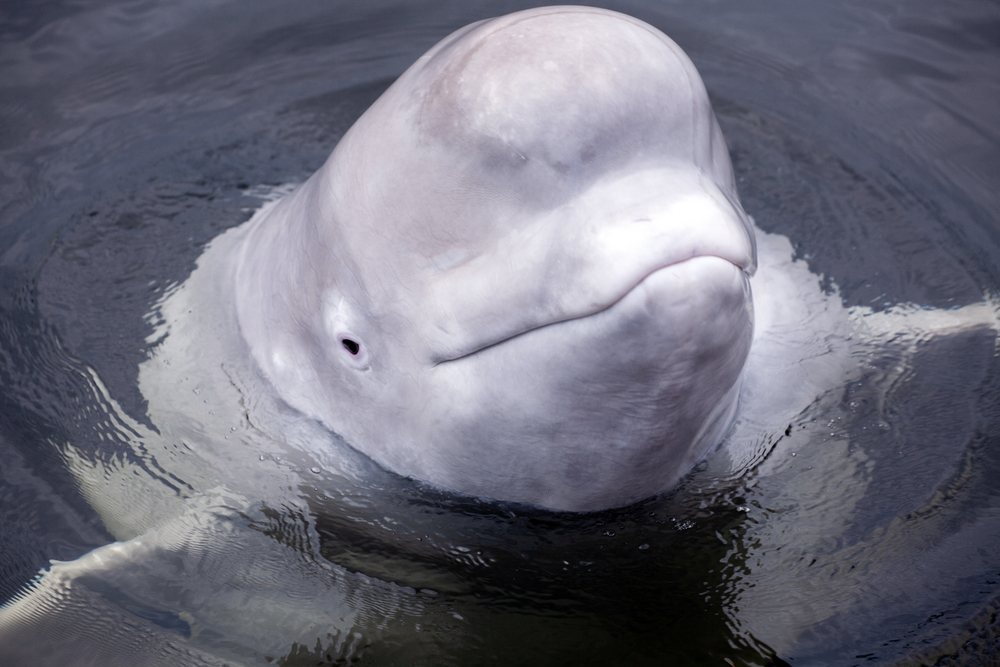
Beluga whales, known for their expressive faces and vocal nature, exhibit some of the most complex social behaviors in the marine world. Observations in the icy waters of the Arctic reveal tight-knit pods that engage in playful behavior and cooperative care of young calves. You are drawn into their world of clicks, whistles, and chirps, which form a sophisticated communication system. These social bonds are critical for their survival, especially in the harsh conditions of their environment.
Research conducted in Canada has highlighted the matrilineal structure within beluga pods, with grandmothers playing a crucial role in the upbringing of calves. This familial support system is vital for passing down knowledge and ensuring the continuation of the pod. As you immerse yourself in the lives of belugas, you are struck by the parallels to human family dynamics. Their social interactions are a testament to the importance of community and cooperation in overcoming adversity.
13. The Mysterious Strandings of Pilot Whales
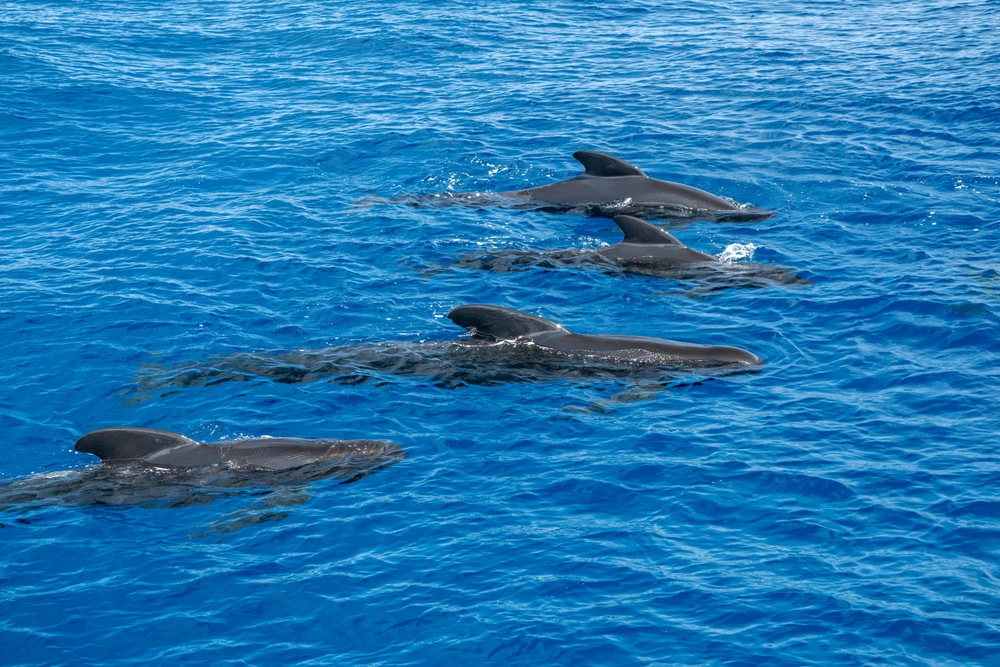
Pilot whales, known for their strong social bonds, have perplexed scientists with their tendency to mass strand on beaches around the world. These strandings, often involving entire pods, are tragic events that raise questions about their causes and the whales’ navigation systems. You witness the distressing scenes of stranded whales and the human efforts to save them, feeling a deep connection to the plight of these social creatures. Each stranding is a sobering reminder of the potential vulnerabilities in the natural world.
Studies suggest various factors contribute to these strandings, including sonar interference, shifts in the Earth’s magnetic field, and social cohesion leading whales to follow a leader into danger. Despite extensive research, the exact reasons remain elusive, and each new incident serves as a call to action for conservationists. As you contemplate these enigmatic events, you are reminded of the delicate balance between species and their environment. The mystery of pilot whale strandings underscores the fragility and complexity of life in our oceans.
